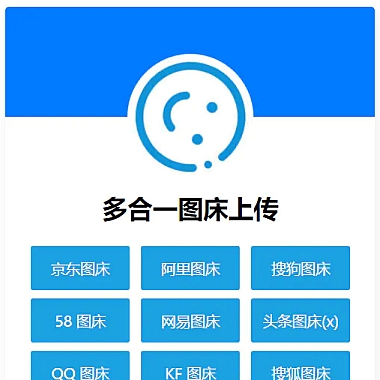(本文地址:https://www.nzw6.com/?p=5960)typeof一般是用来判断简单数据类型的,对一个值使用 typeof 操作符会返回下列字符串之一:
“undefined”: 表示值未定义
“boolean”: 表示值为布尔值
“number”: 表示值为数值
“string”: 表示值为字符串
“object”:表示值为对象或null
“symbol”: 表示值为符号
“function”: 表示值为函数
const variable1 = undefined;
console.log(typeof variable1); // "undefined"
const variable2 = null;
console.log(typeof variable2); // "object": 因为特殊值 null 被认为是一个对空对象的引用
const variable3 = true;
console.log(typeof variable3); // "boolean"
const variable4 = 1;
console.log(typeof variable4); // "number"
const variable5 = "hello";
console.log(typeof variable5); // "string"
const variable6 = Symbol();
console.log(typeof variable6); // "symbol"
function fn() {};
console.log(typeof fn); // "function"
instanceof
typeof ([]); // "object"
typeof ({}); // "object"
typeof (new String("1")); // "object"
从上面的例子可以看到,typeof的弊端就是会把复杂数据类型都解释为"object",所以对复杂数据类型的判断就不能用typeof。
instanceof 运算符用来测试一个对象在其原型链中是否存在一个构造函数的 prototype 属性,主要是用来判断复杂数据类型,返回布尔值,表示是否是某种类型(用于判断一个变量是否属于某个对象的实例:
// 使用语法:
object instanceof constructo
// 具体例子如下:
const arr = [];
arr instanceof Array; // true
const obj = {};
obj instanceof Object; // true
const str = new String("1");
str instanceof String; // true










